Gallery
Photos from events, contest for the best costume, videos from master classes.
 |  |
 | 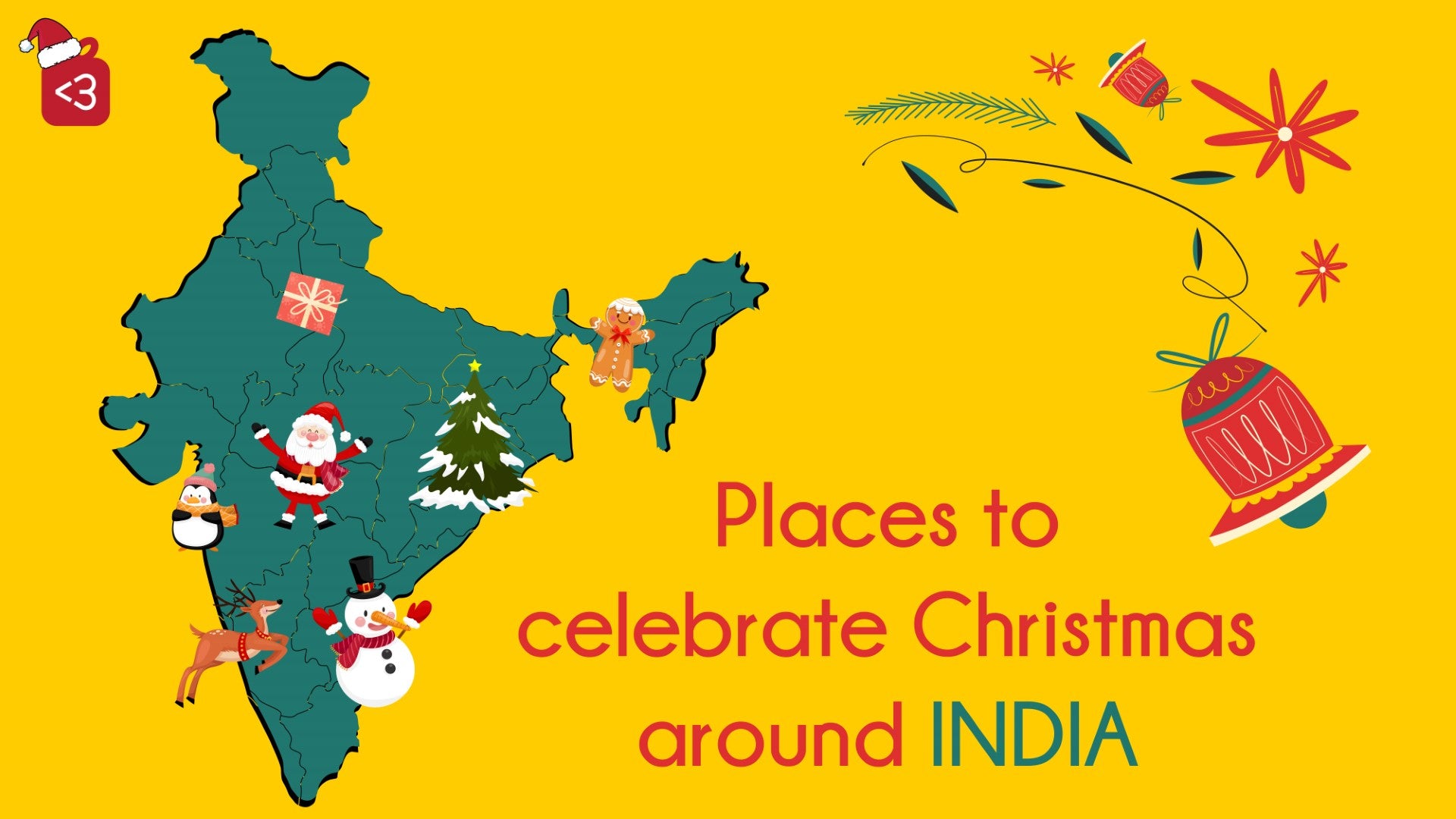 |
 | 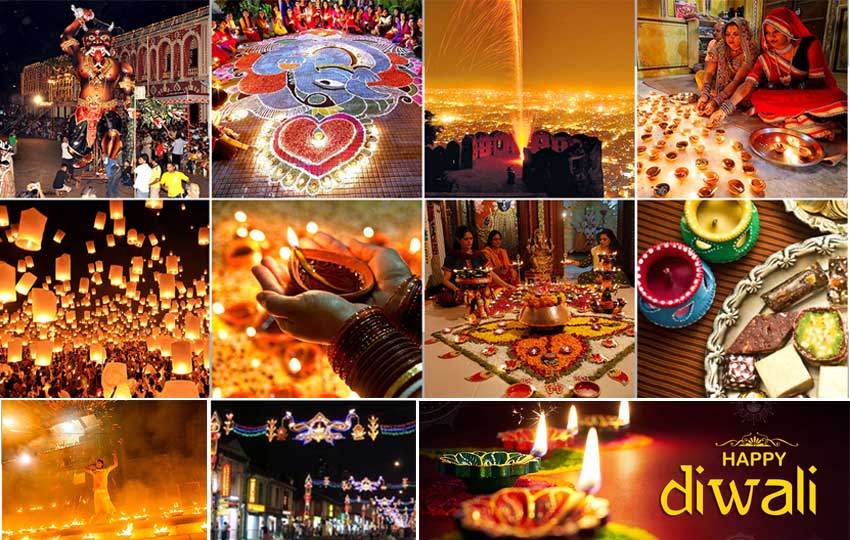 |
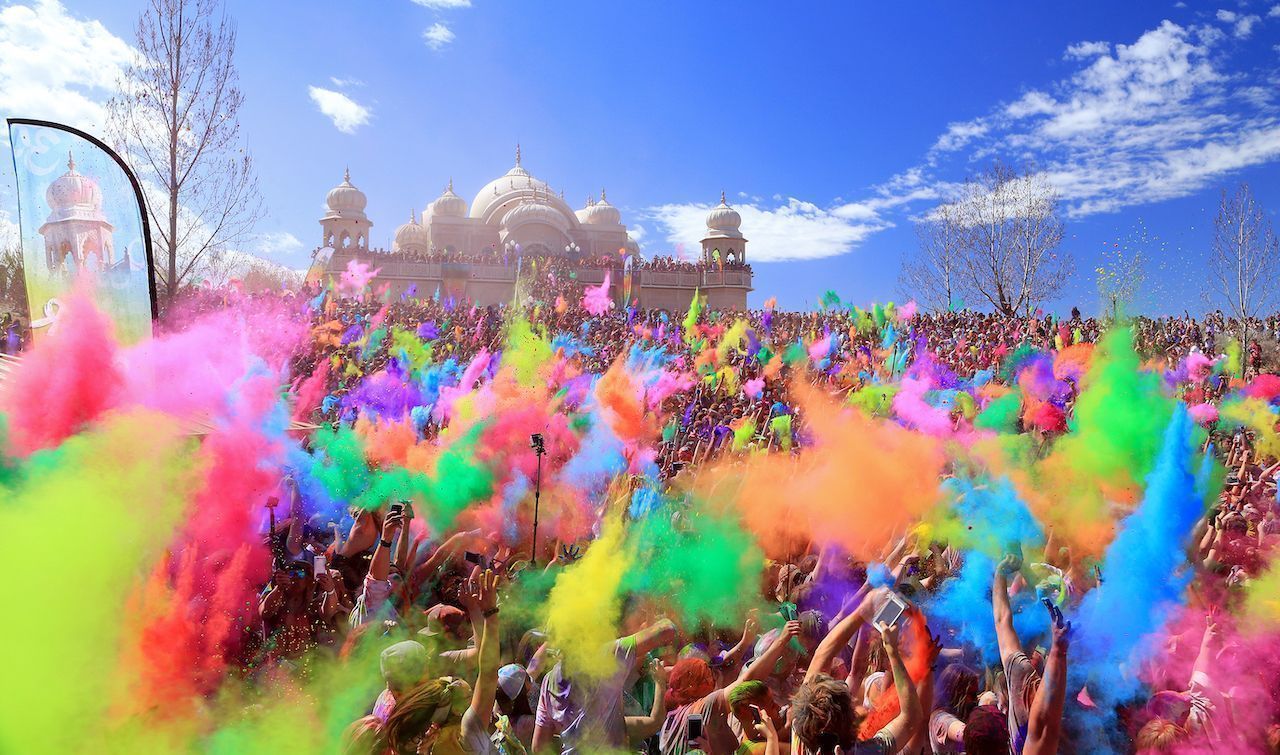 |  |
 | 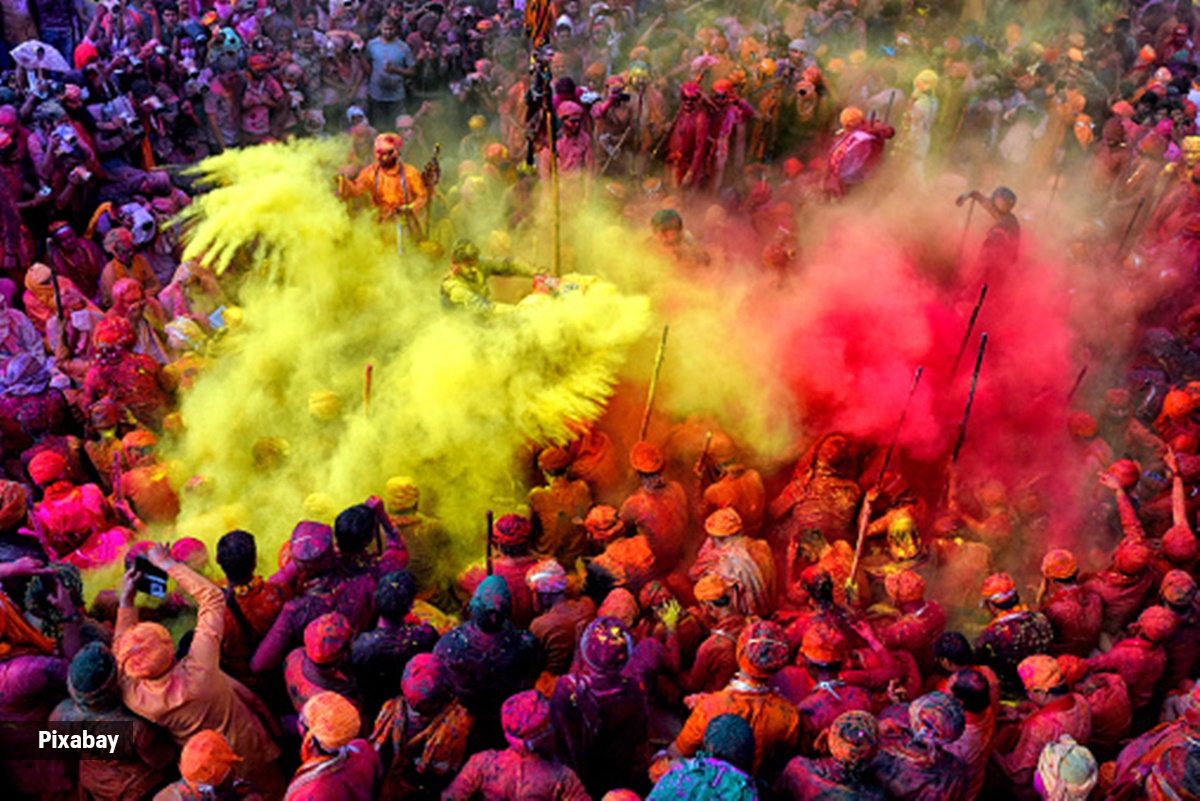 |
 | 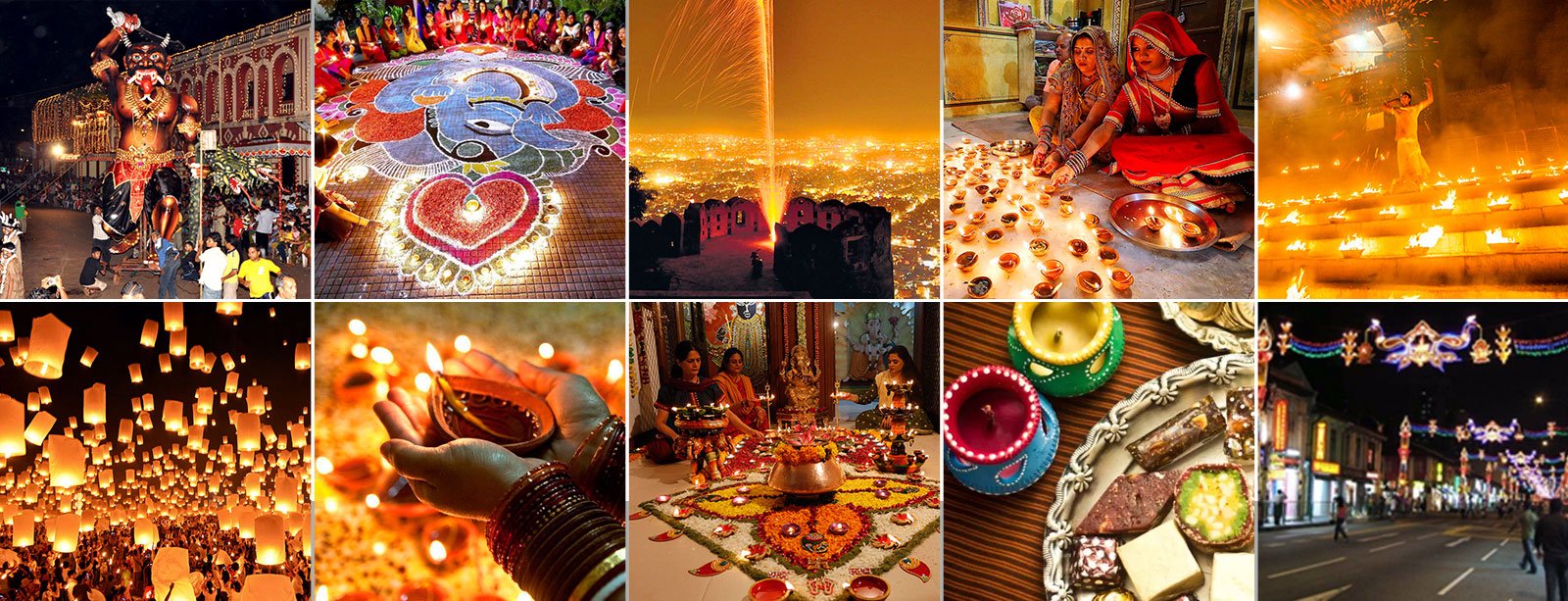 |
Holi, the festival of colors, is celebrated with unique regional traditions across India. From Lathmar Holi in Barsana, where women playfully chase men with sticks, to the grandeur of Royal Holi in Rajasthan, each state adds its own flavor to this vibrant celebration. Discover the fascinating ways Holi is observed in different parts of India, including Dol Jatra in Bengal, Holla Mohalla in While the festival typically involves throwing colours, each region adds its unique twist, creating unforgettable experiences for those who celebrate it. Let’s dive into some unique Holi celebrations across India. 1. Lathmar Holi – Barsana, Uttar Pradesh. In the small town of Barsana, Holi takes on a playful and historic twist with Lathmar In North India, Holi is celebrated with the most grandeur and intensity. It is especially famous in Uttar Pradesh, Delhi, Rajasthan, and Punjab. Mathura and. Holi has a special connection with Radha Krishna playing Holi. In the Braj region of India, where the Hindu deities Radha and Krishna grew up, the festival is celebrated until Rang Panchmi in commemoration of their divine love for each other. The festivities officially usher in spring, with Holi celebrated as a festival of love. In states of north India, it's mostly called Holi and the celebrations are spread over two days - Choti Holi and Rangwali Holi. On the evening of the first day of Holi, people light a bonfire Holi unites India in a riot of colors and celebration, whether it is the poetry Dol Jatra of Bengal, the vibrant Lathmar Holi of Uttar Pradesh, or the royal Shahi Holi of Rajasthan. Holi, wherever you celebrate, is a time to embrace joy, let go of differences, and spread love in a variety of colorful ways. Have a great Holi! The various Holi celebrations across the Braj region in UP interest foreign and domestic tourists alike. Be it the famed Lathmar Holi in Barsa and Nandgaon, the Phoolonwali Holi in Vrindavan, or the highly popular Mathura Holi, the various traditional Holi celebrations throughout Braj is sure to give you some unforgettable memories if you plan to visit the region for Holi 2025.(Image Holi 2025: Holi, the festival of colors, is celebrated across India with various traditions and names. From bonfires in North India to artistic celebrations in the East, and musical festivities in Uttarakhand and Tamil Nadu, each region brings its unique touch. Delicious sweets like Gujiya and festive drinks like Thandai enhance the celebrations. Holi isn’t just a festival. It’s a full-blown celebration of joy, love, and togetherness. But did you know that Holi isn’t the same everywhere in India? From the playful Lathmar Holi in Uttar Pradesh to the mesmerizing Yaosang in Manipur, every region adds its own twist to the festival of colors. Northeast India: Holi with a Twist. The Northeast region of India adds its own cultural touch to Holi celebrations. Manipur: Yaoshang Festival. In Manipur, Holi is celebrated as the Yaoshang Festival: It lasts for six days. Traditional folk dances and sports are a big part of the celebration. Braj Holi is one of India’s most vibrant and cherished festivals, deeply rooted in the playful legends of Lord Krishna and Radha. Spanning 40 days, the grand Rangotsav transforms the Braj region In the Braj region of India, Holi celebrations stretch for 16 days. 2. Good triumphs over evil. Holi gets its name from Holika, the demoness sister of evil King Hiranyakashyap in Hindu mythology As the joyous festival of Holi is round the corner, people from all parts of India are preparing to kickstart the festivities and celebrations. But things are taking a different turn in Maharashtra. In the Konkan region of Maharashtra, Holi is popularly called “Kokanatil Shimga.” It is a vibrant and culturally-rich festival celebrated in In 2025, Holi will be celebrated on March 13. The festival lasts for two days: the first day is known as Holika Dahan or Chhoti Holi, and the second day is called Rangwali Holi or Dhulandi. Why is Holi Celebrated with Colors? Why is Holi celebrated with colors? The use of colors during Holi is linked to the playful nature of Lord Krishna Many cities across India also hold special Holi events or parties that include live music, dancing, and color fights. Delhi, Mumbai, and Goa are well-known places to go to attend color parties. Top 9 Places to Celebrate Holi in India >>> Top 10 Places to Celebrate Holi World Wide >>> 3. Lathmar Holi (Stick Holi) That's Holi - India's most colourful festival. And it captures imaginations worldwide. But while these powder-throwing celebrations have become famous on Instagram, there's far more to this ancient celebration than pelting your mates with powdered dye. Holi is one of India’s most exuberant festivals, and Bollywood has long captured its colourful, joyous spirit on screen. If you’ve ever dreamed of celebrating Holi like in the movies, you don’t need a lavish budget to make it happen. From the iconic streets of Mathura to the scenic beauty of Manali, here are six Bollywood-inspired destinations where you can immerse yourself in the Holi, called the Festival of Colors, is one of the most joyful celebrations in India. A time when spring arrives and everyone uses colored powders, loud music, dancing and feasts to celebrate all things festive. Holi, the festival of colors, is one of the most loved celebrations in India. It’s a time for laughter, love, and togetherness. Holi 2025 falls on Friday, 14th March , giving everyone a perfect chance for a long weekend of fun and festivities. Holi, the vibrant festival of colors, is one of the most celebrated festivals in India. People of all ages eagerly await this joyous occasion to come together and celebrate. As preparations are already underway, even with exams going on, children are excited to take time out to enjoy the festival.However, many are left wondering – will the holiday be only on the day of Holi, or will there be
Articles and news, personal stories, interviews with experts.
Photos from events, contest for the best costume, videos from master classes.
 |  |
 |  |
 |  |
 |  |
 |  |
 |  |